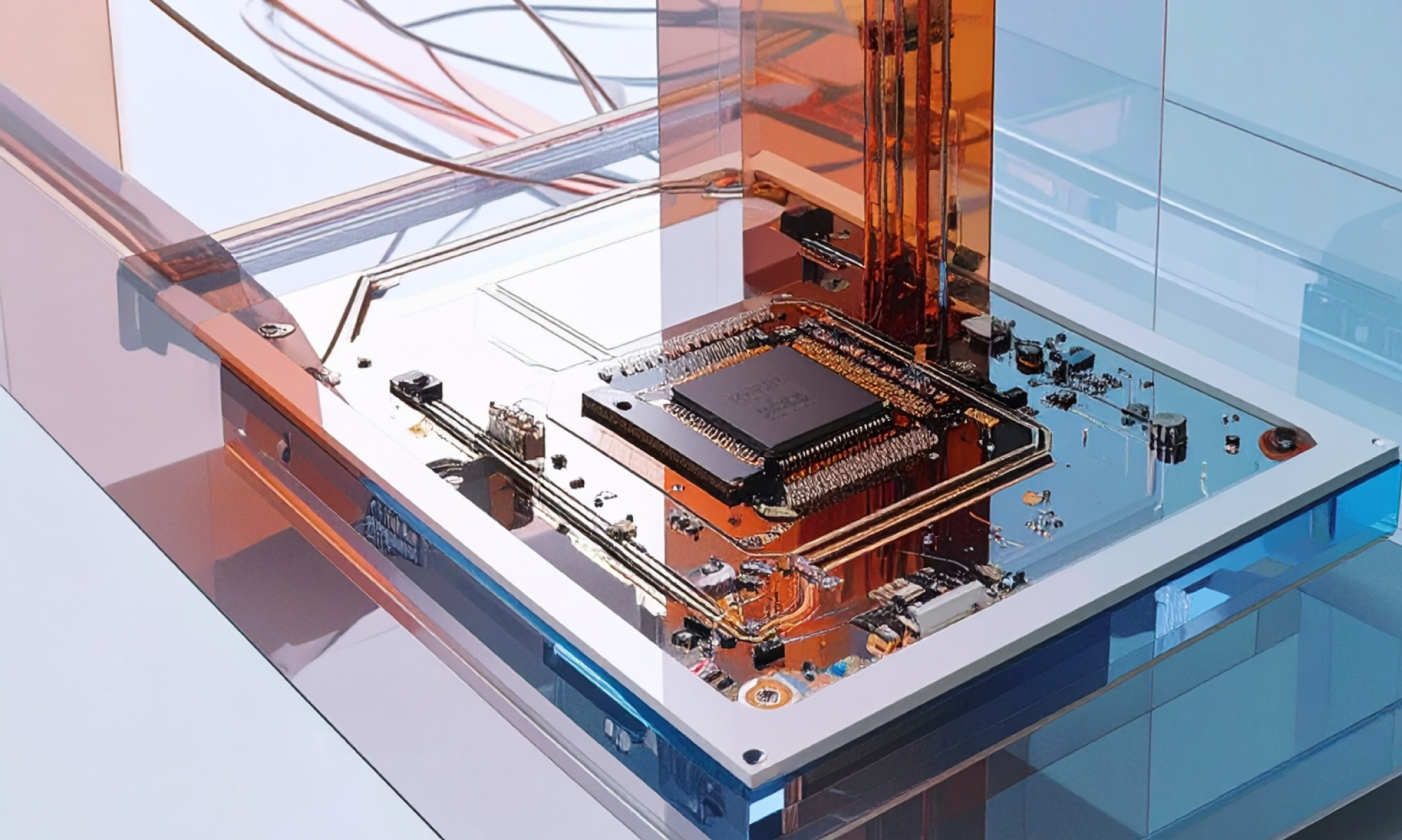AI
our blog
Your First 90 Days To Becoming AI Native

Your first 90 days to becoming more AI native can feel like a lot, especially if your organisation is still building confidence with digital tools or data. It’s best to think of this as a guided exploration rather than a race. The aim is to learn what AI can do for you in a safe, steady and practical way while helping your teams feel supported throughout the process.
In the first couple of weeks it’s useful to take a step back and look at where AI might genuinely help. This means taking stock of the everyday tasks that slow people down and checking what data you already have to work with. Setting simple guardrails early on keeps everyone aligned on what is safe to try and what should wait. From there the goal is to choose one or two starting points that feel realistic. Not the most sophisticated use cases, but the ones your team can actually experiment with without adding additional pressure.
As you move into weeks three and four, shift the focus to preparing for small tests. Create straightforward ways to measure success so you know what progress/ success looks like. Clarifying roles helps too, especially for organisations that are newer to digital projects. When deciding on the technical approach, choose whatever lets you learn quickly and adjust easily. It is less about the specific method and more about creating a simple test bed that helps people understand what works and what doesn’t.
Weeks five and six are where you start building a light pilot. It helps to keep people involved at every decision point so you maintain control and confidence. Track basic signals like cost and consistency so you can catch issues early. Agreeing on what should trigger a pause or a reset keeps the pilot safe and manageable, especially for teams that are still getting used to how AI behaves.
In weeks seven and eight you can share the pilot with a very small group. Use this time to collect feedback, spot issues and make iterative improvements. Tightening prompts, smoothing workflows and clarifying guardrails all help the system become more reliable in real world use. The goal here is not perfection, but understanding how the idea performs before expanding it further.
The final stretch, weeks nine to twelve, is where you start growing what works. Expanding to a wider group gives you more insight into how the pilot performs at a slightly larger scale. A simple scorecard can help everyone understand what improved and what still needs attention. This is also a good moment to retire at least one outdated or manual process that the pilot has now made easier. Looking ahead to the next two use cases keeps momentum going and helps AI become a continuous improvement habit rather than a single project.
At Studio Graphene we see the first 90 days as a moment where the right guidance can make a big difference. Many organisations are still finding their feet with AI, so having a partner who can help make sense of the options, highlight what to watch out for and offer practical next steps can bring real clarity. Our role is to support teams as they explore what AI might mean for them, whether that’s choosing sensible early ideas, shaping simple guardrails or helping test small pilots in a safe and steady way. The aim is not just to introduce AI, but to help people feel confident and ready to work with it in a way that genuinely supports their organisation.








